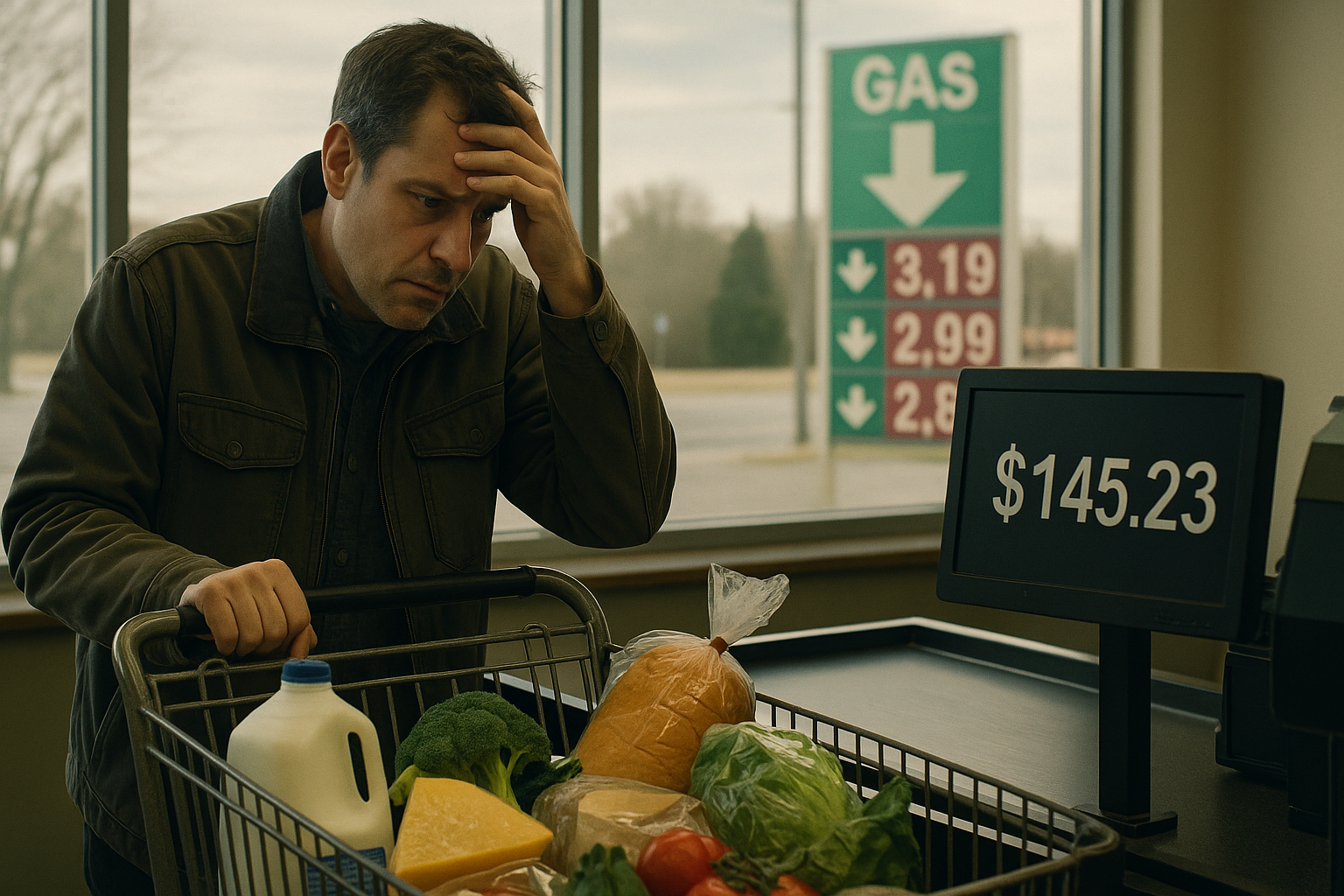I've seen some wild stock charts in my years covering financial markets. But this one? It's enough to make you question whether your morning coffee was laced with something hallucinogenic.
Yesterday, I showed this chart to Martin, a trader who's weathered everything from the '87 crash to the 2008 meltdown. The poor guy just stared at it, mouth slightly open, before mumbling something about "impossible price action." Twenty years on trading floors and he's never seen anything quite like it.
And honestly? Neither have I.
When Markets Go Haywire
There's something uniquely unsettling about a stock chart that defies financial logic. Markets are supposed to follow certain unwritten rules—not because they're predictable (lord knows they aren't), but because human behavior tends to create recognizable patterns. Fear moves faster than greed. Bubbles build slowly and pop quickly. You know the drill.
But this chart? It's like watching someone play financial Jenga while riding a mechanical bull.
Look at the initial climb—nearly vertical, with barely a pullback in sight. That's not price discovery; that's price hallucination. Then comes that eerie plateau where the stock just... sits there. Like the market collectively held its breath.
And the crash that followed? Brutal doesn't begin to describe it. We're talking about wealth evaporation at a pace that would make physicists question the conservation of energy.
Not Your Grandfather's Market Crash
The first thing any market historian does when confronted with something like this is reach for historical parallels. Is it another tulip situation? Dot-com redux? GameStop on steroids?
But here's the thing (and I've covered market manias since before Reddit was a thing)—this one breaks the template.
The '29 crash came after years of leveraged speculation. The 2000 tech wreck followed genuine technological revolution paired with absurd valuations. In 2008, we turned garbage mortgages into "investment grade" securities and acted surprised when reality caught up.
This chart, though? It's like someone took elements from every historical bubble, threw them in a blender, and hit "liquefy."
Inside the Investor Brain
What really fascinates me about episodes like this isn't the charts themselves—it's what they reveal about our collective psychology.
Humans don't gradually adjust their risk assessments. We flip switches. One day, a company represents the glorious future; the next, it's an obvious scam. The middle ground—"good company, wrong price"—barely exists in our emotional toolkit.
Cognitive scientists have fancy terms for this. Traders just call them "oh shit" moments.
And that switch-flipping is exactly what you're seeing in this chart. Not a measured reassessment of value, but a psychological earthquake—the market's narrative about this stock didn't evolve, it shattered.
Lessons from Financial Chaos
After covering markets for years, I'd love to tell you I've distilled some brilliant trading strategy from charts like these. Something that would let you spot the next one coming and position yourself accordingly.
I haven't. Nobody has.
The uncomfortable truth is that these events are predictable only in that they will happen, not when or to whom. They're financial black swans—though calling them "swans" understates their destructive capacity. Financial pterodactyls, maybe?
What I can tell you with certainty is this: Diversification isn't just investment advice—it's financial self-defense against the occasional stock that decides gravity is optional before discovering it very much isn't.
Risk management isn't about avoiding all risks (impossible). It's about surviving the risks that weren't in your PowerPoint presentation.
Because sometimes—and this chart is Exhibit A—the market doesn't just surprise you. It takes everything you thought you knew about market behavior, runs it through a woodchipper, and hands you back the pieces.
Meanwhile, somewhere in Manhattan, a technical analyst is desperately trying to fit a Fibonacci sequence to this mess, convinced that the golden ratio will reveal itself if they just squint hard enough.
Some things in finance remain gloriously, terrifyingly human—even when the charts themselves look like they've escaped from another dimension entirely.




